The History of New Year Celebrations: From Pagan Traditions to Modern Customs
Introduction to New Year Celebrations
The observance of New Year celebrations is a practice rooted in the human desire to acknowledge the passage of time, embrace new beginnings, and reflect on the past. Across diverse cultures, the arrival of a new year holds significant importance, symbolizing renewal, hope, and the prospect of better days ahead. Traditionally, New Year celebrations manifest in various forms, influenced by historical, geographical, and cultural factors that shape unique customs and rituals.
Historically, many New Year festivities can be traced back to ancient pagan traditions that celebrated the cycles of nature. For instance, the ancient Babylonians are known to have celebrated the New Year as early as 4,000 years ago during the Spring Equinox, marking a time for planting and renewal. Similarly, the Romans held the festival of Saturnalia, which involved festivities and merriment to honor the god of agriculture, marking a transition into a new agricultural cycle.
Over time, these ancient customs have evolved into the diverse and vibrant New Year celebrations observed in contemporary society. In many cultures, the designated time for welcoming the New Year may differ, yet the underlying themes of unity, family gatherings, and joyous events remain consistent. The Gregorian calendar, established in the 16th century, has become the predominant framework for many countries, leading to the widespread observance of January 1st as the start of the new year. However, alternative calendars, such as the lunar calendar celebrated in Chinese New Year or Rosh Hashanah in the Jewish tradition, illustrate the rich tapestry of global practices.
In understanding the history of New Year celebrations, it becomes evident that these traditions not only reflect the passage of time but also embody a collective yearning for hope, connection, and new beginnings, transcending cultures and eras.

Ancient Babylonian Celebrations: Akitu
The Babylonian New Year festival, known as Akitu, was a prominent celebration that took place around the spring equinox, which typically occurred in March. This festival not only marked the beginning of the new year but also symbolized the renewal of the Earth, aligning with the seasonal cycles of growth and fertility. The Babylonians believed that Akitu was essential for ensuring the prosperity of their land and the favor of their deities.
During the Akitu festival, a variety of rituals were performed that reflected the religious and cultural significance of this time. One of the key rituals included the procession of the statue of the chief deity, Marduk, where priests would carry the idol through the city. This act was intended to reaffirm the sovereignty of Marduk and his vital role in the life of the city-state. Additionally, the festival provided an opportunity for the Babylonians to make offerings, including agricultural produce and livestock, which were believed to appease their gods and ensure a bountiful harvest.
The Akitu celebration was also marked by dramatic events that captured the essence of renewal. For instance, a ceremonial reenactment of the battle between Marduk and the chaos monster Tiamat highlighted the cyclical nature of life, death, and rebirth. This ritual served to symbolize victory over chaos, reaffirming the order that the gods brought to the world. Furthermore, inhabitants engaged in communal feasting and festivities that strengthened social bonds and showcased the cultural heritage of Babylon.
In summary, the festival of Akitu reflects the deep-rooted traditions of the Babylonians in celebrating the new year. Through rituals that honored their deities and a focus on fertility and renewal, the Babylonians laid the groundwork for various customs that have influenced later New Year celebrations across cultures.
Egyptian and Phoenician Traditions: Autumn Equinox
The ancient Egyptians and Phoenicians celebrated the New Year during the autumn equinox, which falls around September 21. This timing was significant as it marked a pivotal moment in the agricultural calendar when the days and nights are of roughly equal length, signaling a transition in seasons. For both cultures, the autumn equinox represented a period of harvest, where agricultural practices reached their conclusion, and the anticipation of the winter months began. The new agricultural cycle was intrinsically linked to the themes of rebirth and renewal, pivotal motifs in both Egyptian and Phoenician traditions.
The Egyptians, in particular, related their New Year celebrations to the annual flooding of the Nile, known as the inundation, which was crucial for successful farming. This inundation provided fertile soil, allowing crops to flourish. Thus, the ancient Egyptians honored the goddess Isis, often considered the protector of the harvest and responsible for magical and healing powers. Rituals would involve offerings to the deities, including grains and fruits, symbolizing gratitude for the harvest and invoking blessings for the coming agricultural cycle.
Similarly, the Phoenicians, known for their prowess in agriculture and commerce, celebrated the equinox with rites that also honored their deities tied to fertility and harvest. Important gods such as Baal and Astarte were key figures in these rituals, representing the cyclical nature of life and agricultural prosperity. The ceremonies often included feasting, music, and community gatherings, reinforcing social ties and collective hope for future bounties. By understanding these traditions, we can appreciate how both the Egyptians and Phoenicians utilized celestial events not only to dictate agricultural practices but also to foster communal unity and spiritual renewal.
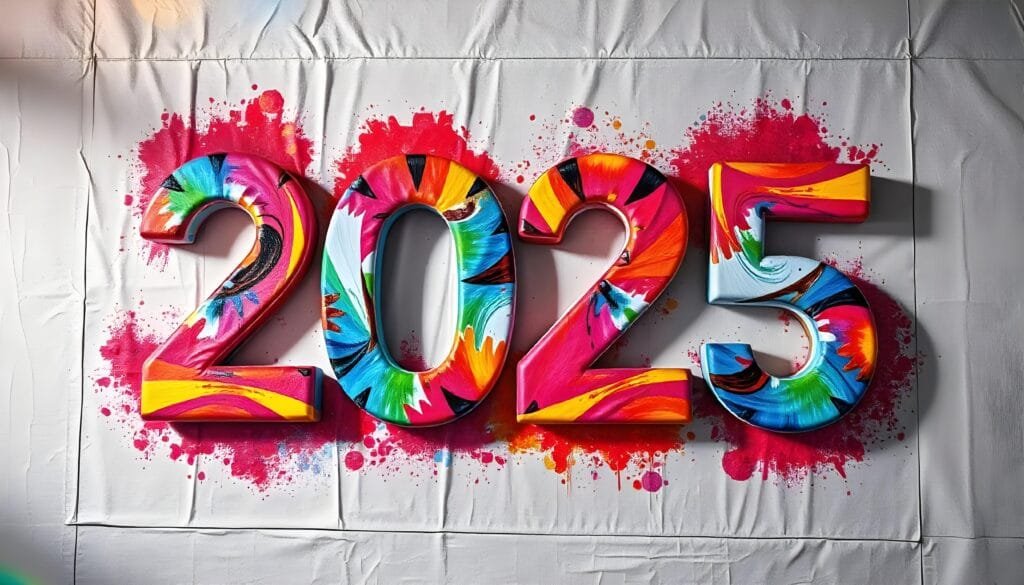
Persian New Year: Nowruz
Nowruz, translating to “new day,” marks the Persian New Year, celebrated on the vernal equinox, specifically on March 21. This ancient festival has deep historical roots, tracing back over 3,000 years to the Zoroastrian era in Persia. Recognized as the beginning of spring, Nowruz symbolizes renewal and the rebirth of nature, aligning with themes of fertility and rejuvenation.
Nowruz has transformed into a significant cultural event in Iranian and various other communities across the globe, celebrating not just the new year but also the rich tapestry of life and the interconnectedness among people. It emphasizes the importance of nature, as families engage in various rituals that reflect gratitude for the earth’s abundance. The arrival of spring is a pivotal moment that invites society to commemorate the harmonious relationship with nature and reminds individuals of the essential role they play in preserving the environment.
One of the key customs associated with Nowruz is the Haft-Seen table, a traditional arrangement of seven symbolic items starting with the Persian letter ‘S.’ Each component holds a distinctive meaning, representing elements such as health, wealth, and prosperity. Families typically gather around the Haft-Seen, undertaking the ritual of sharing hopes and aspirations for the year ahead. Moreover, the celebration encompasses various activities, including family visits, feasts, and community events, fostering interpersonal connections and reinforcing the social fabric.
Overall, Nowruz is not simply a transition from one year to another; it is a profound reflection of cultural continuity and resilience. It serves as a reminder of the importance of unity and diversity within and beyond the Iranian community, making it a cherished tradition that resonates with people worldwide. The celebration of Nowruz continues to evolve, adapting to modern customs while staying rooted in its rich historical heritage.
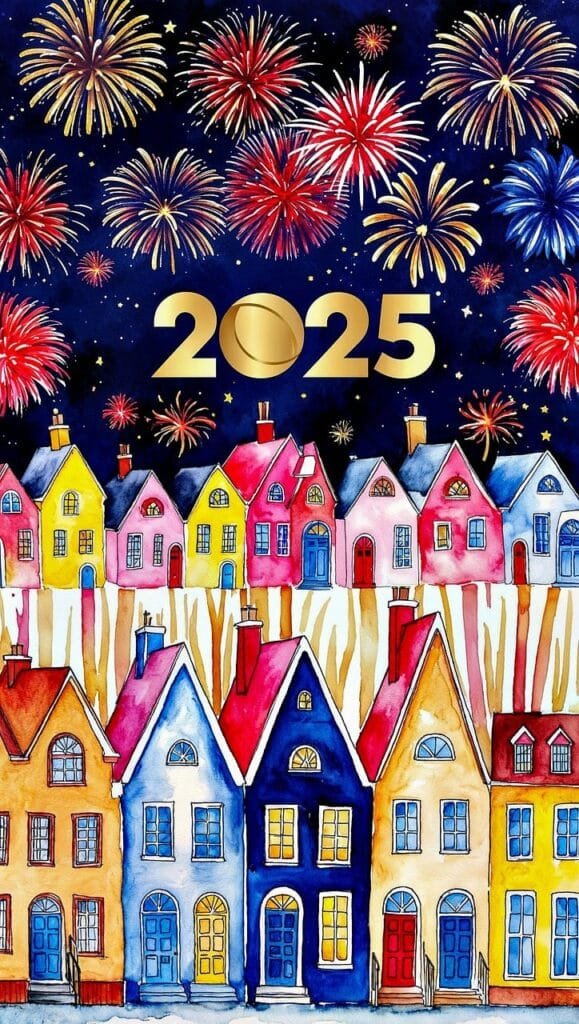
The Rise of the Julian Calendar
In 46 BC, Julius Caesar introduced the Julian calendar, marking a significant reform from the traditional Roman calendar, which was lunar-based and often misaligned with the seasons. This transition came at a time when the Roman calendar had become increasingly chaotic due to the manipulation of intercalary months by politicians, creating confusion regarding the timing of festivals and agricultural activities. The adoption of the Julian calendar aimed to standardize the calendar system and ensure a more consistent tracking of the year.
One of the most notable changes was the establishment of January 1 as the beginning of the new year. This date was strategically chosen for its dedication to Janus, the Roman god of beginnings and transitions. Janus symbolized looking both forward and backward, perfectly encapsulating the essence of New Year’s celebrations as a time for reflection and setting intentions for the year ahead. This alignment with a god associated with new beginnings reinforced the significance of January 1 as a time for renewal in Roman culture.
The Julian calendar consisted of 365 days with a leap year occurring every four years to account for the extra quarter-day in the solar year. This structure greatly improved the management of time compared to previous calendar systems. The influence of the Julian calendar extended beyond the Roman Empire, shaping the way subsequent societies organized their calendars. Later adjustments, including the Gregorian calendar’s refinement in 1582, stemmed from the foundational framework established by Caesar’s reform. The integration of January 1 as the New Year has persisted in modern practice, demonstrating the lasting impact of the Julian calendar on our current systems of timekeeping and annual celebrations.
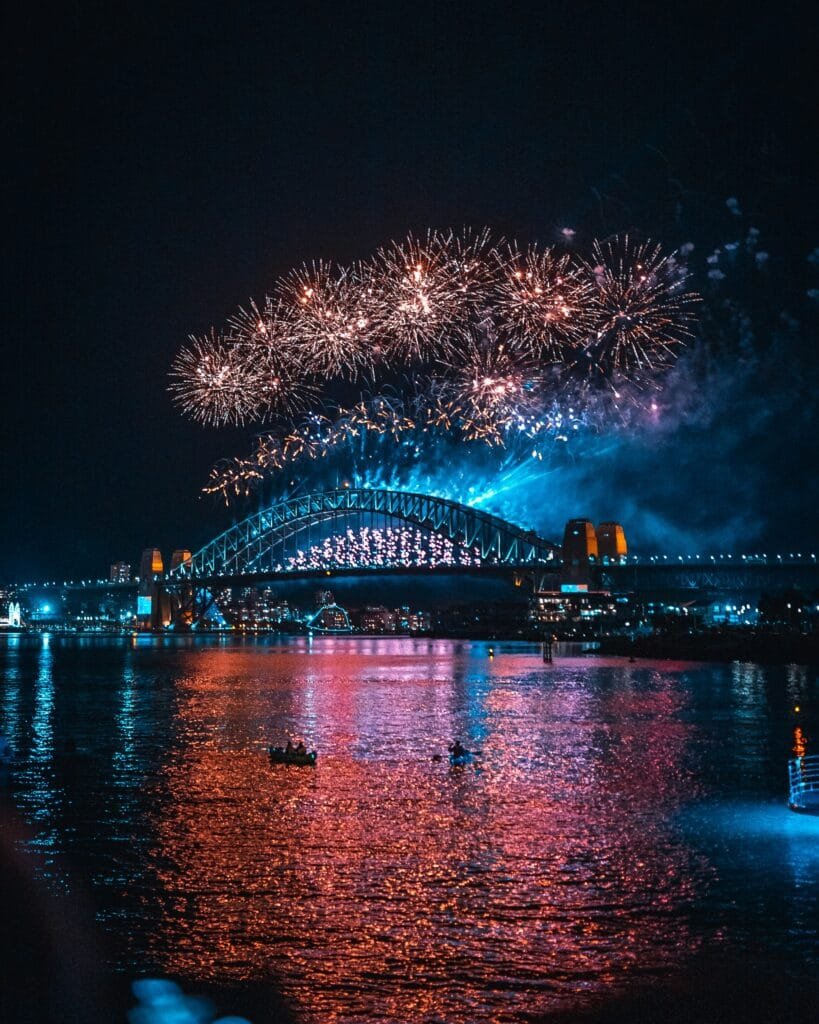
Gregorian Calendar Reform: A Shift in New Year Observance
The transition from the Julian calendar to the Gregorian calendar marked a significant turning point in the observance of New Year celebrations. Initiated by Pope Gregory XIII in 1582, this reform sought to address a crucial issue regarding the calculation of Easter’s date, which was consistently misaligned with the spring equinox due to the Julian calendar’s inaccuracies. The Julian calendar, introduced by Julius Caesar in 46 B.C., miscalculated the solar year by approximately 11 minutes, resulting in a gradual drift of the calendar seasons over time.
In his reform, Pope Gregory XIII established the Gregorian calendar, which included a revision of how leap years are calculated. By omitting three leap years every 400 years, the Gregorian calendar brought the average year length closer to the actual solar year of approximately 365.2425 days. As part of this reform, January 1 was reinstated as New Year’s Day, a date that carries historic significance dating back to ancient Roman times, thereby aligning secular and ecclesiastical observances.
Initially adopted by Catholic countries such as Italy, Spain, and Portugal, the Gregorian calendar faced resistance from Protestant nations due to its papal origins. However, its practical benefits became apparent over time, leading to widespread acceptance in the 17th and 18th centuries. By the early 20th century, most countries around the world had adopted the Gregorian calendar, establishing January 1 as the universal date for New Year celebrations.
This transition had profound implications for cultural and social traditions surrounding the New Year. As communities began to synchronize their calendars, festivities that signaled the start of the new year took on new forms and meanings, influenced by local customs and beliefs. The Gregorian reform not only affected the measurement of time but also ushered in a new era for the recognition and celebration of the New Year globally.
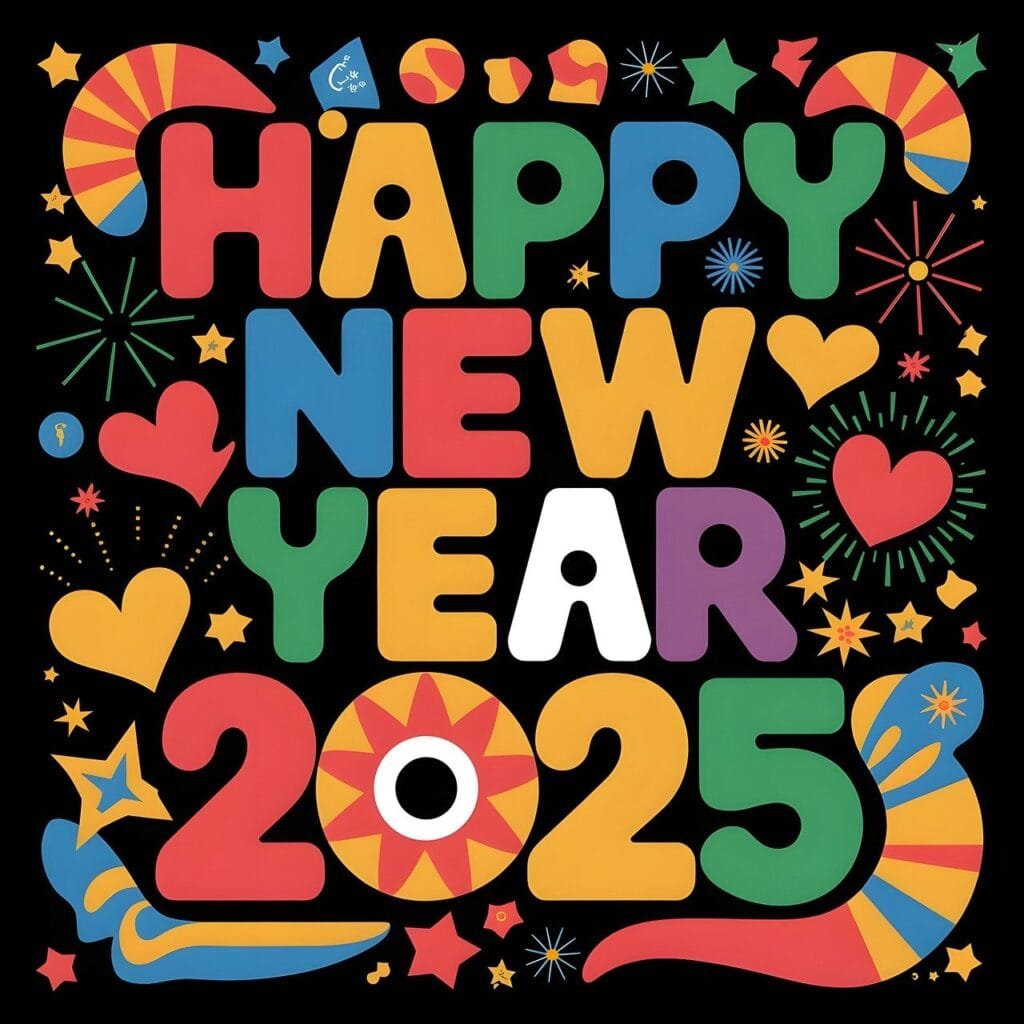
Diverse New Year Celebrations Across Cultures
The diversity of New Year celebrations around the world reflects a rich tapestry of cultural heritage and traditions that vary significantly from one region to another. For instance, in Thailand, the Songkran festival heralds the Thai New Year in mid-April. This water festival symbolizes purification and the washing away of sins and misfortunes. People participate by splashing water on each other and visiting temples to pay respect to their elders, marking a time of renewal and family bonding.
In India, the festival of Diwali, while primarily celebrated as the Festival of Lights, also marks the beginning of the Hindu New Year in several regions. Taking place in October or November, Diwali is celebrated with vibrant decorations, the lighting of lamps, and fireworks, symbolizing the victory of light over darkness and knowledge over ignorance.
Another noteworthy celebration is the Lunar New Year, predominantly observed in Chinese communities worldwide. Falling between January 21 and February 20, this festival lasts several days and is steeped in customs such as family reunions, elaborate meals, and the giving of red envelopes for good fortune. The celebration is closely tied to the lunar calendar, leading to various cultural rituals that embody respect for ancestors.
The Islamic New Year, known as Hijri, is observed by Muslims worldwide and indicates the beginning of the month of Muharram. Its significance lies in commemorating the migration of the Prophet Muhammad from Mecca to Medina. While not celebrated with festive traditions like other New Year observances, it serves as a time for reflection and spiritual renewal.
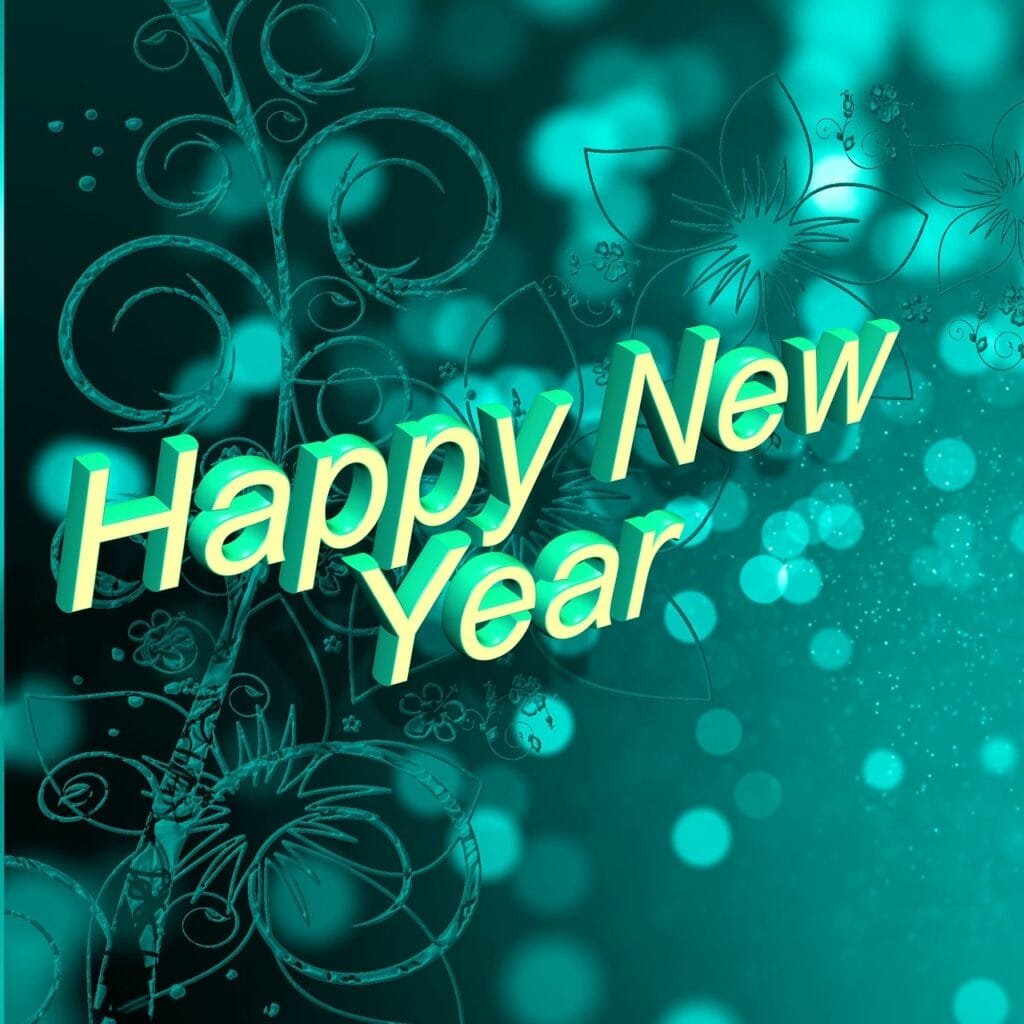
In New Zealand, the Maori people celebrate Matariki, a festival marking the rising of the Pleiades star cluster, signifying the onset of the new year. This event involves honoring the deceased, planting crops, and celebrating community and cultural heritage. Similarly, Rosh Hashanah, the Jewish New Year, typically falls in September and involves introspection, prayer, and festive meals that signify the start of a new year in the Jewish calendar.
These diverse customs illustrate how cultural beliefs and history influence the various ways communities around the world celebrate the New Year, each with its distinctive practices and symbolism, reinforcing the value of community, renewal, and reflection.
Pagan New Year Traditions: Samhain and Imbolc
Pagan traditions have long celebrated various seasonal milestones, with Samhain and Imbolc standing out as significant events in the pagan calendar. Samhain, occurring on the evening of October 31st, marks the end of the harvest season and the beginning of winter. This festival is deeply rooted in the belief that the veil between the worlds of the living and the dead is thinnest at this time, allowing for easier communication with ancestors and spirits. During Samhain, pagan communities engage in several customs, such as lighting bonfires, feasting, and creating altars to honor deceased loved ones. The act of carving pumpkins into jack-o’-lanterns also originated as a means to ward off malevolent spirits, demonstrating the importance of protection during this transitional phase into the darker months.
In contrast, Imbolc is celebrated on February 1st and signifies the arrival of spring. This festival is dedicated to Brigid, the goddess of fertility, healing, and poetry. Imbolc symbolizes purification and the return of sunlight following the long winter months. Traditionally, revelers would light candles to symbolize the increasing warmth of the sun, and rituals involving the blessing of seeds and the preparation of springtime offerings were common. Furthermore, the cleaning of homes and hearths during Imbolc signifies a readiness for renewal and growth, reflecting the cyclical nature of life and death inherent in pagan beliefs.
Both Samhain and Imbolc exemplify the deep connection that pagan practices maintain with the rhythms of the natural world. Each celebration underscores the importance of honoring the life cycle, along with the transition from darkness to light, death to rebirth, and the balance between the physical and spiritual realms. These traditions are key not only for seasonal reflection but also for fostering a sense of community and continuity among practitioners.

The Aztec New Year: A Unique Celebration
The Aztec New Year, known as ‘Tozoztli,’ was celebrated on March 12, marking the beginning of a new agricultural cycle and the renewal of life. This celebration held deep significance for the Aztec civilization, as it was a time to pay homage to the gods, reflect on the past year, and set intentions for the forthcoming months. The Aztecs utilized a complex calendar system that intertwined various religious and agricultural events, and the start of the new year was one of the most crucial dates within this system.
Rituals surrounding the Aztec New Year included elaborate ceremonies, offerings, and festivities that showcased the culture’s rich spiritual heritage. One of the key components was the ritual of fire, symbolizing purification and the importance of the sun in agricultural practices. Participants would engage in a ceremonial procession to the sacred fire where they would burn offerings such as food, incense, and ceremonial items. This act was believed to honor the deities like Tonatiuh, the sun god, who played a pivotal role in ensuring the fertility of crops.
As time progressed, the Aztec New Year evolved, yet many of its foundational elements have persisted within modern Mexican culture. Today, traditional practices echo the historical celebrations, with rituals that seek to honor ancestors and connect with the agricultural cycles. Festivities often incorporate vibrant displays of dance, music, and cultural traditions that build community and reflect on values held dear by the Aztec civilization. The influence of these early practices can still be identified in contemporary Mexican observances, as the rich tapestry of history continues to shape modern customs and celebrations.
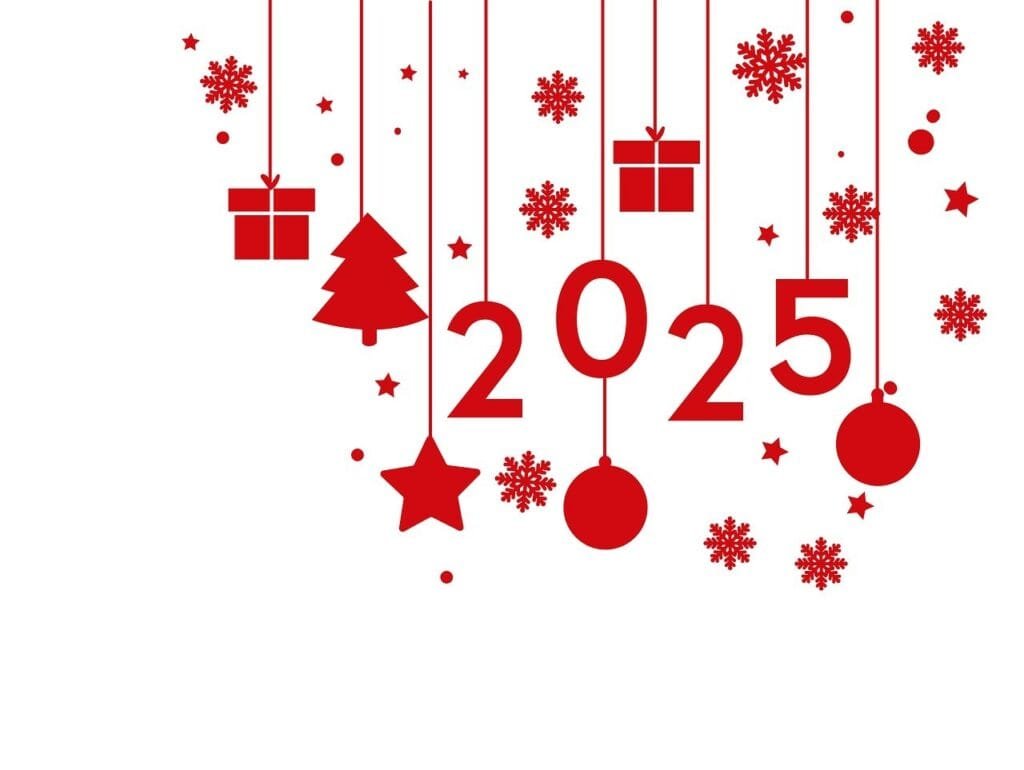
Conclusion: The Evolution and Significance of New Year Celebrations
New Year celebrations have a deep-rooted history that spans across different cultures and eras, reflecting humanity’s inherent desire for renewal and hope. From the ancient Babylonians who marked the vernal equinox with festivities, to the Roman influence of celebrating the New Year on January 1st, the evolution of these traditions illustrates a timeline of community bonding and cultural significance. Over the centuries, various civilizations have infused their own beliefs and rituals into New Year festivities, creating a rich tapestry of customs that vary globally yet share common themes.
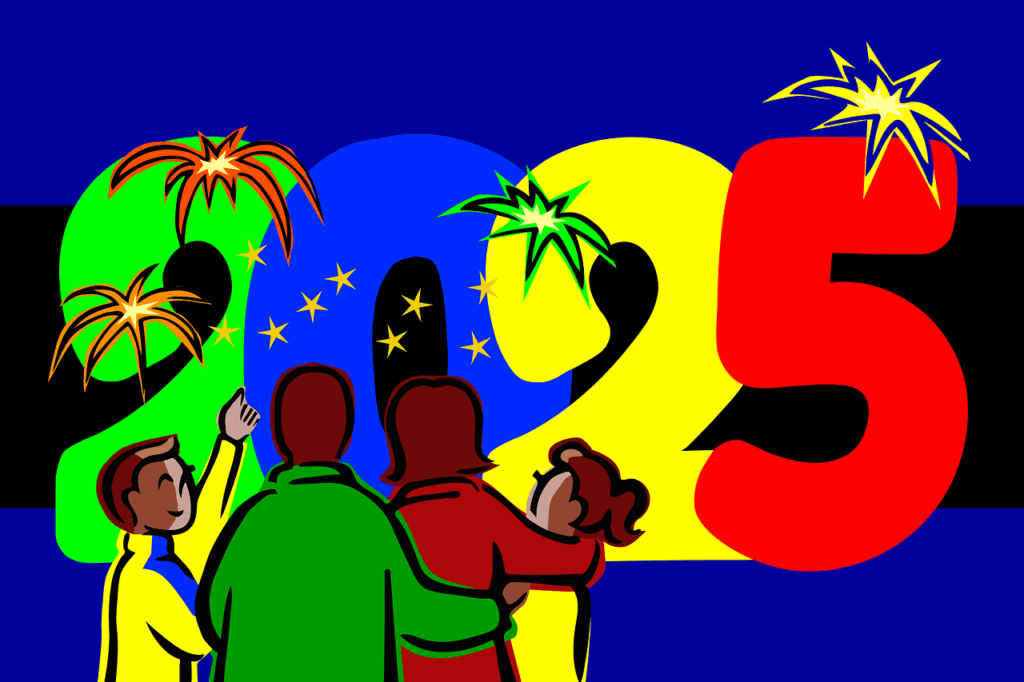
Modern New Year celebrations continue to embody the spirit of renewal that has been integral to these observances since their inception. Whether it is the traditional dropping of the ball in Times Square, the fireworks illuminating night skies, or joyous gatherings shared among family and friends, these customs symbolize a fresh start. The collective atmosphere of celebration showcases the human connection, emphasizing the importance of togetherness as people reflect on the past year while looking forward to new opportunities and experiences.
Furthermore, the significance of New Year traditions extends beyond mere entertainment; they often encapsulate cultural identity and heritage. The diversity seen in celebrations across different regions—from the vibrant lion dances marking the Lunar New Year to the solemn reflections during Yom Kippur—reinforces the idea that while the methods may differ, the underlying messages of hope, renewal, and unity resonate universally. Appreciating the rich variety of New Year celebrations around the world allows individuals to connect with their roots while embracing the shared values that bind humanity across cultural divides. Thus, as we observe New Year’s celebrations, we not only honor the historic significance behind them but also cultivate a deeper understanding of our interconnectedness as a global community.














